Since art’s inception, we have always found ways to arbitrarily limit its scope. As there’s been no agreed definition of art, the most popular answer to the question: ‘is it art?’ is ‘who cares?’. This, argues James Tartaglia, is a mistake. Articulating a response to this question is crucial for the development of our culture, the livelihood of many artists and understanding new artistic breakthroughs in the virtual world.
The most popular answer to the question ‘is it art?’ is ‘who cares?’ All that matters is whether it’s good, or whether people like it, and since there’s no agreed definition of ‘art’ anyway, pursuing such questions can only lead to bickering. That’s an attractively conciliatory stance, but a mistaken one, I think. ‘Is it art?’ is both an influential and important question.
Consider Tracy Emin’s Everyone I Have Ever Slept With 1963–1995, a tent with 102 names inscribed on the inside, which was exhibited at the Sensation show at the Royal Academy in London, 1997. I was there, and witnessed a long line of people queuing in front of Emin’s tent, patiently waiting their turn to bend down and poke their heads inside to peer at the names. I don’t think anyone would have done that if it wasn’t supposed to be art. Emin wouldn’t be rich if it wasn’t supposed to be art.
___
Asking ‘is it art?’ when the answer isn’t obvious is part of the process of developing the concept of art – and conceptual development is very important to society.
___
Asking ‘is it art?’ when the answer isn’t obvious is part of the process of developing the concept of art – and conceptual development is very important to society. It’s only in the last couple of decades that the concept of marriage has developed to include gay marriage. Answering ‘is it marriage?’ in the affirmative made a big difference to people’s lives. Similarly, answering ‘is it art?’ determines who can pursue a career as an artist and what kinds of artworks are produced. People consented to the tent by being interested, however outraged they were, and that kind of art now fills our galleries.
The stakes are similar with the question of whether video games are art, except that games will thrive whatever is decided. If Emin hadn’t expected the art establishment to back her proposition that a tent can be art, she wouldn’t have gone to the effort of adding all those names, I’ll warrant; but video games are loved by millions regardless.
Still, if they can indeed be art, and that’s a conceptual development we’ll embrace, then it’ll affect how games develop, and how art in general does too. It will encourage the kind of young person who might now be aspiring to become the next Picasso, Coltrane or Woolf to consider going into game design as a career, and so the next generation of games will show greater artistic aspiration.
In 1983, Video Games Player magazine boldly proclaimed that video games were ‘as much an art form as any’. I turned 10 that year and loved to play them on my BBC Microcomputer (32 kilobytes), but I certainly didn’t think they were art, any more than that my model aeroplanes were. Art was things like the Mona Lisa. Many grown-ups were also unsure whether they could count as art and the issue has been debated for nearly 40 years now.
___
I do think video games can be art, but I have sympathy with the side that doesn’t
___










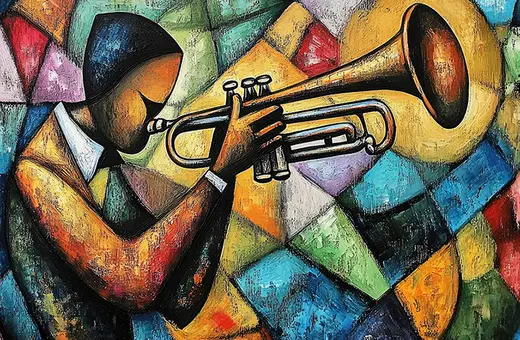
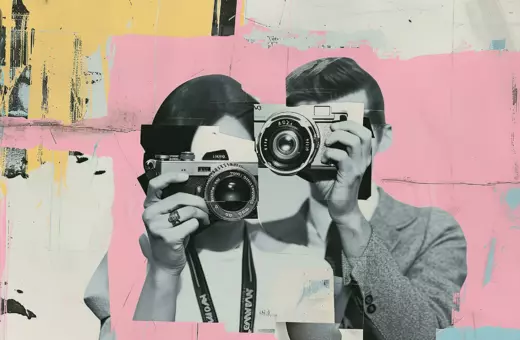

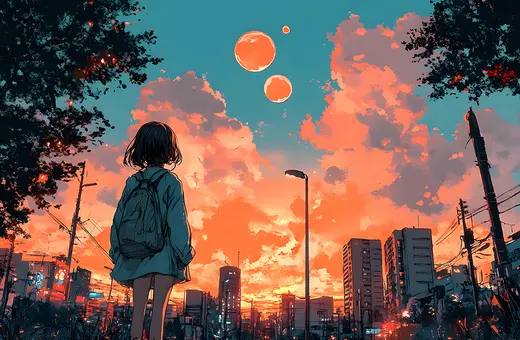
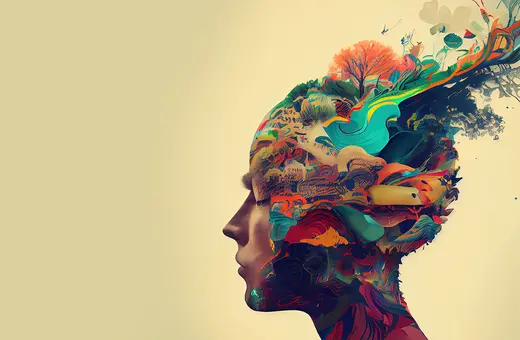



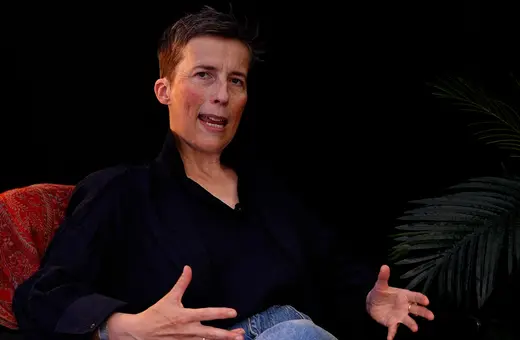


Join the conversation